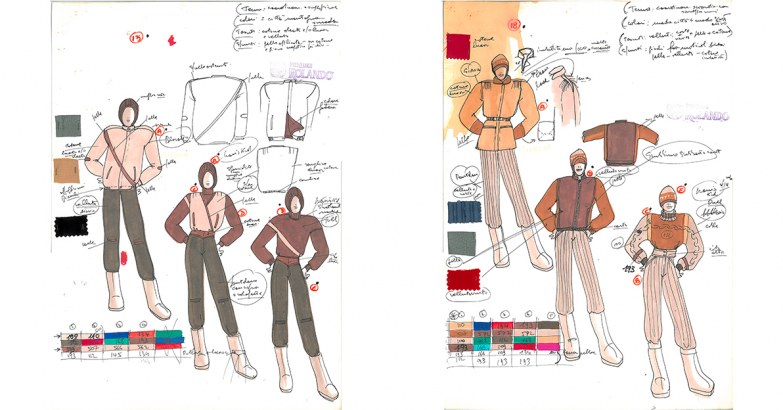COLOR PALETTE: BROWN
In the opening scene of Reservoir Dogs (1992), Quentin Tarantino’s feature-length debut (that we already discussed here), the director makes a cameo appearance. He is speaking in a diner; a legendary monologue that presents what he thinks is the true meaning of Madonna’s hit song Like A Virgin. Apart from his speech’s brutal content (we won’t repeat it here), it’s interesting to know that Madonna personally replied to Tarantino as the film gained global success. She sent him her album Erotica with a special dedication: ‘Anyway, it’s about love. Yours, Madonna’. In the film. The name of the character that Tarantino chose for himself was Mr. Brown.
Brown is not on the colour wheel. It’s more a shade than a colour. It is obtained by mixing the primary colours of cyan, magenta and yellow. Variations happen with different doses – from beige to sand, and from ochre to Siena brown. It’s a nuance that is widely present in nature and the artisan crafts. Let’s consider, for instance, the primitive paintings of horses and ibex inside the caves of Lascaux, France, or those of Altamira in Spain. Both were painted with mineral pigments and charcoal – the best that the Paleolithic era had to offer.
Throughout human history, brown has always been associated with the lower classes as bright, colourful fabrics were expensive to produce and so available only to the rich. Poor people could only afford naturally dyed clothes – and that meant brown. Over time, brown evolved into a statement. In the Middle Ages, Franciscan monks used to wear brown robes to signify a humble lifestyle. The same concept was expressed in 1363’s Statut’ de Victu et Vestitu (Statute Concerning Diet and Apparel): a law introduced by the British Parliament asking tradespeople and workers to wear identifying rust-coloured clothing made of raw wool.
Brown’s ennoblement became possible during the Renaissance, when brown tones were adopted to enhance the effect of light in paintings. We see this in Leonardo da Vinci’s Vergine delle Rocce (The Virgin of the Rocks, 1483-86) which is displayed in London’s National Gallery. The Virgin’s pale skin and her vivid blue gown pop out thanks to an elaborate composition of browns in the background. The same tones used to intrigue Flemish painter Anton Van Dyck (1599-1641), the first royal painter in English history to invent a colour. Known as Cassel earth or Cologne brown, he often used it for portraits. Brown’s warmth is featured in different moments of FILA history; in the 1970s for discreet golf looks, in the 1980s for elaborate swimsuits, or in the streetwear revolutions of the 1990s. The most recent visions come from Josef Graesel and Antonino Ingrasciotta’s Spring Summer 2019 Collection, which features a wide range of beige tones. Then there is Katie Grand’s 2021 version of the Borg polo shirt – which is dark brown, street smart, and irresistible.
Torna agli articoli!

